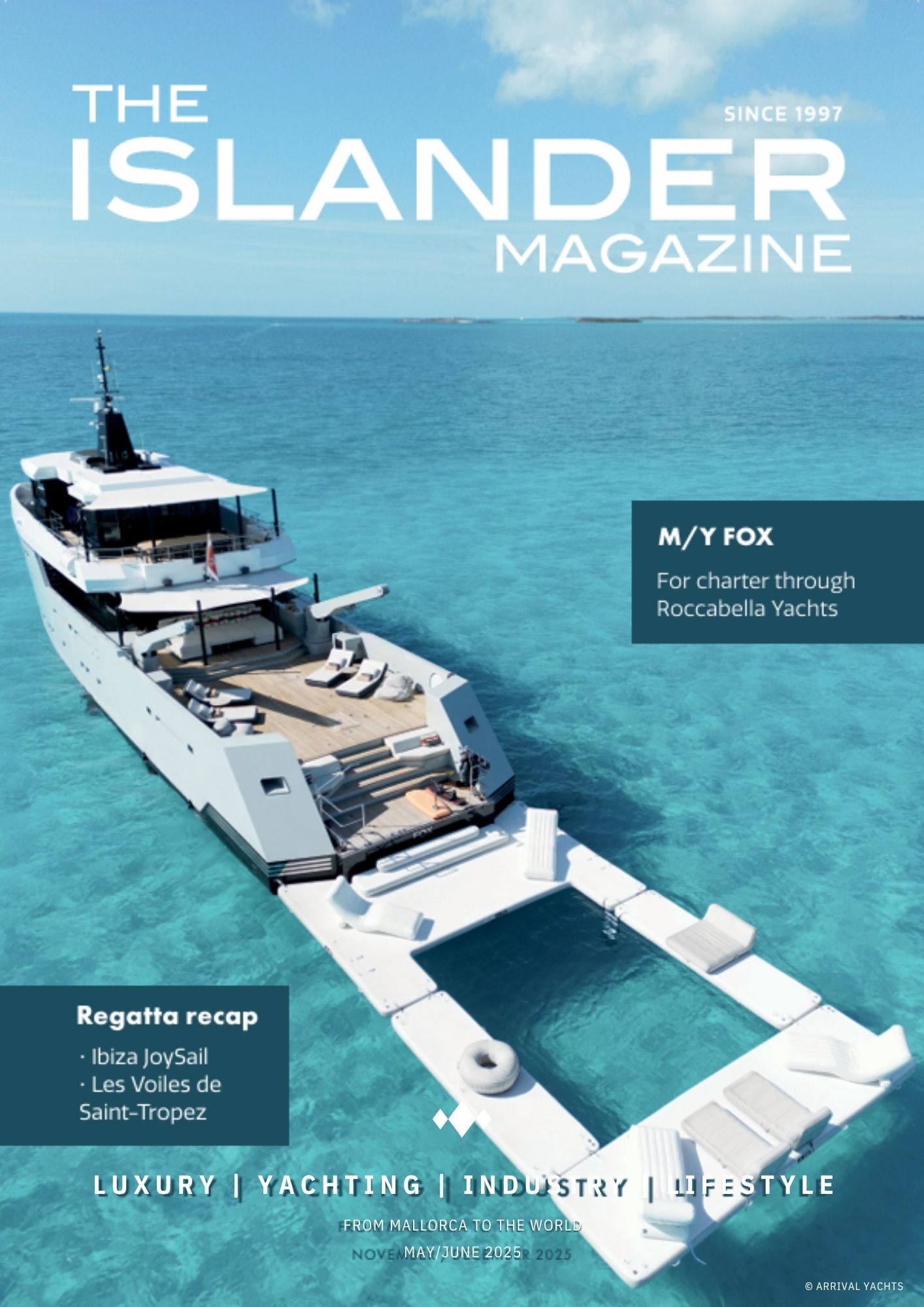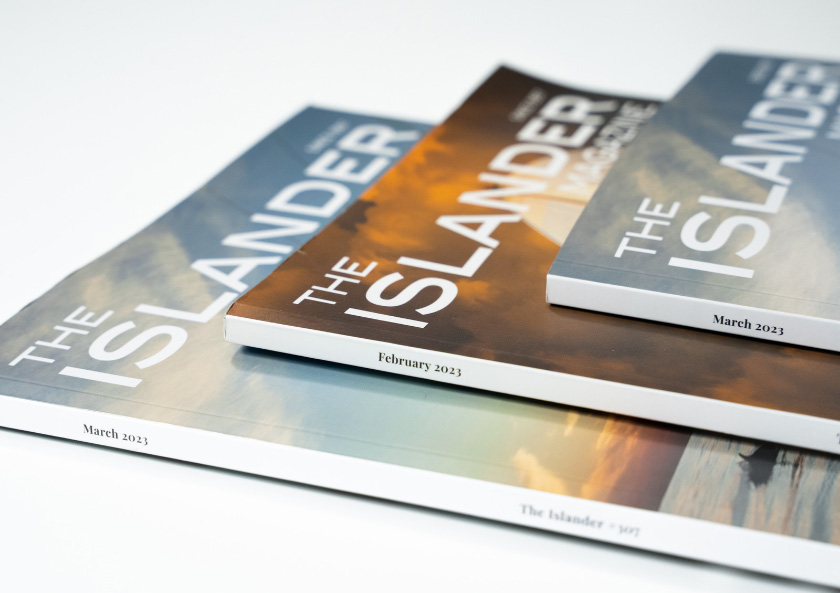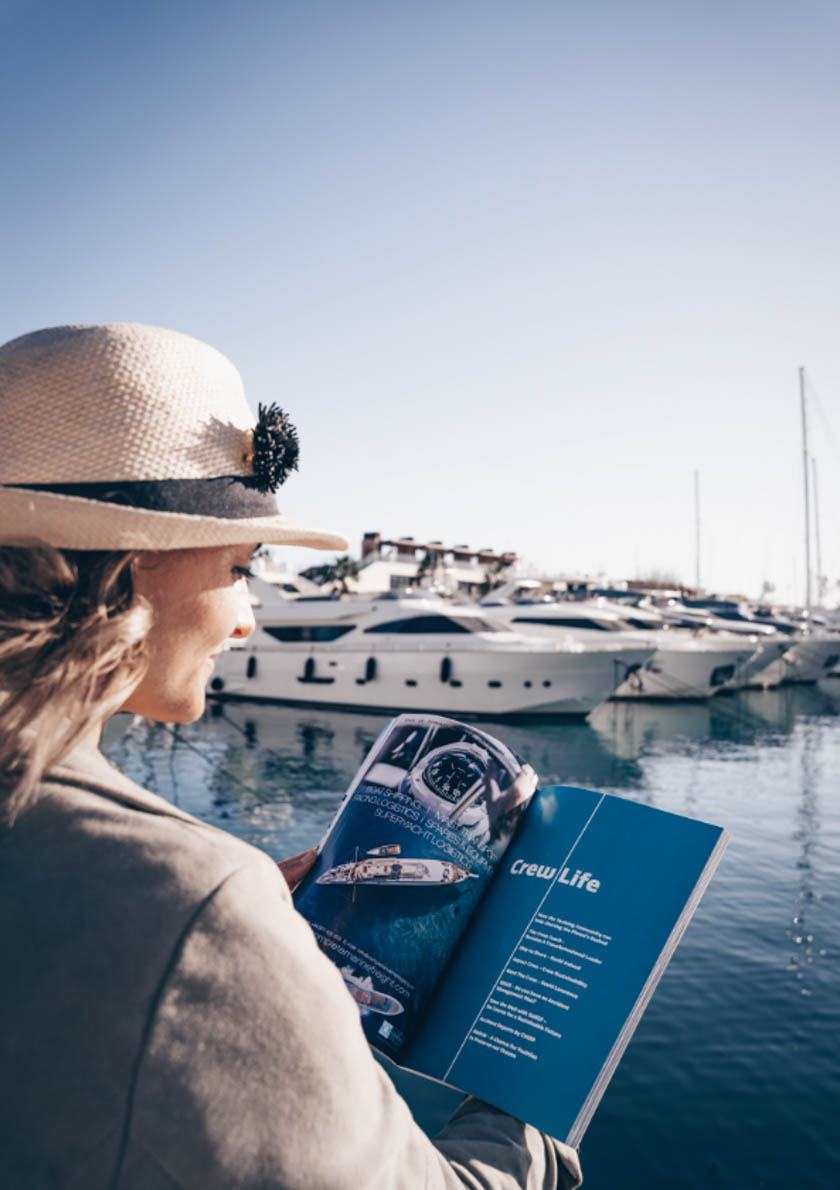 The recently announced round the world route for the next edition of The Ocean Race in 2021-22 revealed an interesting mixture of familiar stopover ports along with three new cities for the fleet to visit on its way around the world.
The recently announced round the world route for the next edition of The Ocean Race in 2021-22 revealed an interesting mixture of familiar stopover ports along with three new cities for the fleet to visit on its way around the world.
But what do the sailors think of the new course configuration? We have been speaking to a variety of past and present competitors to find out.
We begin with American yachtsman Ken Read – a three-time Ocean Race competitor (2005-06 with Ericsson, 2008-09 and 2011-12 as skipper of Puma Ocean Racing) and the current CEO of North Sails.
We spoke to Read from his home in Portsmouth, Rhode Island, a short distance from the legendary sailing city of Newport which will once again host the Ocean Race fleet at the end of Leg 5 from Itajaí, Brazil, prior to the transatlantic crossing on Leg 6 to Aarhus in Denmark.
Read said that at first glance it is clear that the 2021-22 edition racecourse – like the last several editions – has understandably been influenced by commercial factors.

“This kind of modernish racecourse certainly takes into account some commercial stops that obviously weren’t there in the good old days, in the Whitbread days,” he said. “But at the same time they tried to minimise stops a little bit, because frankly stopovers are hugely expensive for the teams who are all trying to get the budget down.
“But they have still come up with some really interesting legs and an overall course that still has plenty of excitement to it. Cape Town to China is certainly the one that has still the most question marks. The rest are pretty straight forward and in some form or fashion have been done in the past or at least something like it has been done in the past.
“So all in all, no shocks and I’m happy that the race is coming back to Newport.”
According to the official announcement the 2021-22 Ocean race will be shorter in distance (38,000 nautical miles) and there will be two less pit stops. However Read discounts the mileage reduction at least as pretty irrelevant.
“I never really look at the overall length of the race versus the actual sailing distance of a race,” he said. “The sailing distance just depends on how easily you can get into some of the trade winds. There’s a lot of legs here that you will end up actually looping yourself way out and around going the long way to avoid either land or a wind obstacle that’s traditionally in the way – like the Atlantic high that we sail around normally on the first leg.
Ken Read’s crew in the 2011-12 Volvo Ocean Race suffered a dismasting in the Atlantic and ultimately retired from Leg 1 after spending a week on the remote island of Tristan da Cuhna.
“This time, as an example, on the Cape Town to China leg who knows where the fleet will choose to go and how much upwind work there is? So 38,000 miles sounds short (compared to previous editions) but it’s still going to be a 50-something-thousand-mile race when it’s all said and done.”
Given that the next Ocean race will see a new class of fully crewed IMOCA 60s taking part, as well as a fleet of the tried and tested VO65s, Read believes that the teams with 60s will be zoning in particularly closely on the “big” legs – like the mammoth third stage from Cape Town to Shenzhen, China, Shenzhen to Auckland, New Zealand on Leg 4, and the notorious leg around Cape Horn from Auckland to Itajaí.
“At this stage it is all about planning,” Read said. “So you’re planning not only the makeup of a crew, if you’re in the 60 footers you’re also potentially planning the makeup/configuration of the boat. What you are looking at is how much are you going to spend going upwind, versus reaching, versus sailing downwind? That was always the big challenge back in the Volvo 70 days – which was the last time it was kind of opened up from a design point of view.
“So for the 60-footers especially, they’re looking at the route with a view to which dagger board setup/design they might choose, taking into consideration foiling board developments at this stage. They are asking: Do we really need to go up wind? How much do we need to go up wind? Are there multiple legs where upwind is actually a real factor?
“Or are these legs that you can make the educated guess that is mainly reaching or downwind? Each of those scenarios completely lend themselves to totally different style boards. For sure I think it’s more of a challenge for the 60 footers than anybody else at this stage.
“There’s all kinds of historical weather data you can get your hands on. Several of the really good French routers have all kinds of data on this kind of stuff. I’m sure they’re selling packages as we speak to a different variety of teams.
“But then you have to think about how many new sixties are being built specifically for this race, and how many of the Vendee Globe teams who might be be taking a 60 built for single-handed sailing and turning it into a fully-crewed boat.
“They have to be looking at the route very carefully from a rebuild and a budget standpoint. How much do we need to change this boat? Not just to get multiple crew onboard, but also deck layouts and things like that, and again, the board choices. How much do we have to change virtually a downwind boat built for the Vendee to be a little more all-purpose?”
How competitive did Read believe a converted existing IMOCA 60 could be against new boats that have been purpose-built for The Ocean Race 2021-22?
“Listen, there’s no question that a purpose-built boat always has a little bit of an advantage on paper, but at the same time, the Vendee Globe boat will have likely just successfully gone around the world. You know how much you learn on a boat racing it versus just training on it.
“It was fascinating to talk to some of the competitors about how radical the speed differences were in the TJV race from France this past Fall,” Read said.
“They said at times some boats were going many knots faster or slower than others. Then the conditions would change, and it would be a total flip flop. Many knots faster or slower dependent upon a change of conditions. So there’s a lot of big decisions to be made.
“Then you’ve also got to get a little lucky, too. Is the weather going to be what you want it to be? Sometimes you’ll look at a leg and say, ‘You know what? That’s a bit of a throwaway leg. Read more at : https://yachtracing.life/the-ocean-race-ken-read-analysis-of-2021-22-round-the-world-route/
By Justin Chisholm – www.yachtracinglife.com
Image © Amory Ross/PUMA Ocean Racing















0 Comments